The Rijksmuseum, designed by architect Pierre Cuypers, was inaugurated in 1885. After more than 100 years of intensive use, a fundamental transformation was long overdue for this splendid building. After a lengthy period of preparation, the work started in 2004. During the post-war years, the building had been extended to encompass both courtyards. Chief architects Antonio Cruz and Antonio Ortiz from Seville came up with a plan to once more open up both courtyards in order to create more space for art. The idea was to construct an atrium in two parts, connected to each other beneath the underpass.
A considerable challenge
After opening up the courtyards, two cofferdams were installed for the future atrium. Promeco proposed that Geotubes® should be used for removing the sludge from these cofferdams and dewatering. A great project for Promeco. Ton Broeders: “It was a considerable challenge to perform the work in order to meet the tight deadlines for the diving teams: everything had to be performed during the pre-Christmas period.  Work was performed day and night. It was exceptional to find solutions for a construction project with the smallest amount of space in the whole country: in the Netherlands, you could not be more densely-populated. I am very proud of what we have achieved. It gave me a great deal of pleasure to reflect on this when I recently strolled through the re-opened Rijksmuseum. For example, if you look at where the information desk is (see photo), you can see a nice example of our work.”
Work was performed day and night. It was exceptional to find solutions for a construction project with the smallest amount of space in the whole country: in the Netherlands, you could not be more densely-populated. I am very proud of what we have achieved. It gave me a great deal of pleasure to reflect on this when I recently strolled through the re-opened Rijksmuseum. For example, if you look at where the information desk is (see photo), you can see a nice example of our work.”
Client: The Rijksmuseum Amsterdam
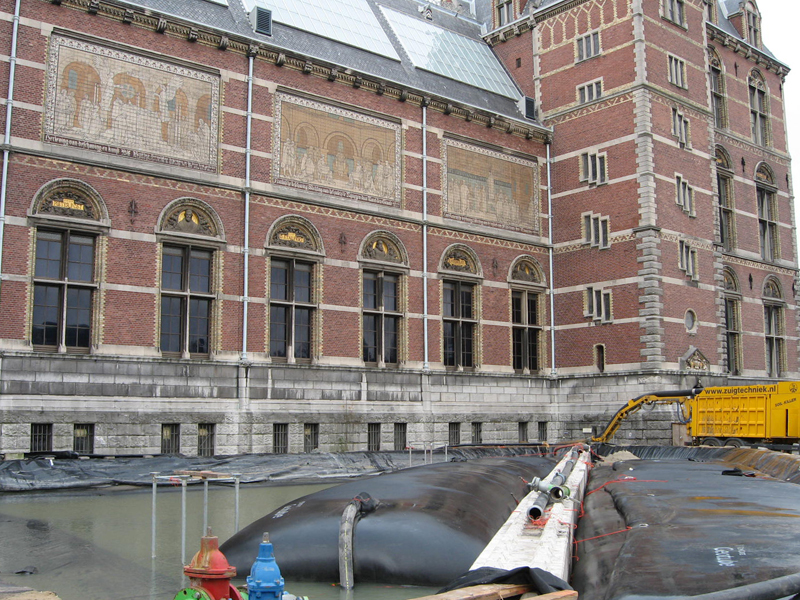
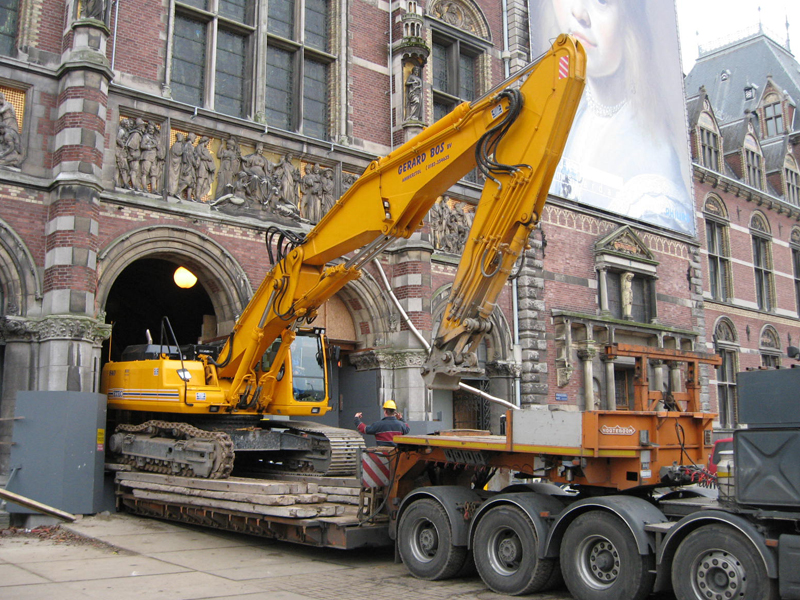
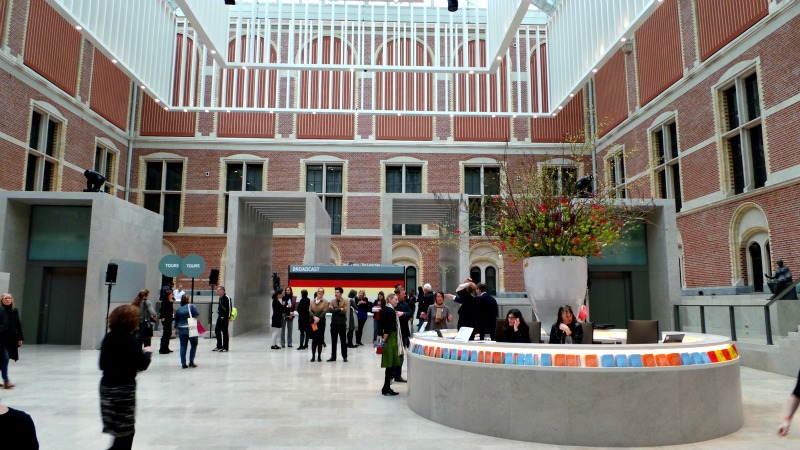

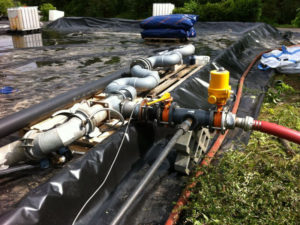
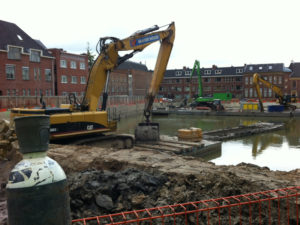
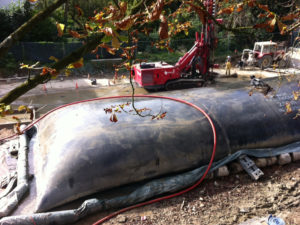
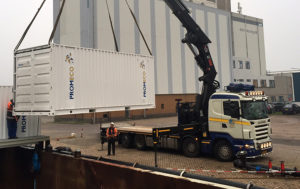
No comment yet, add your voice below!